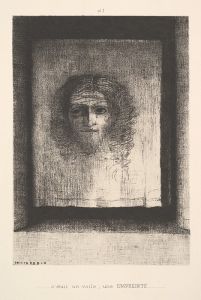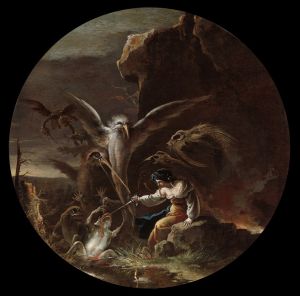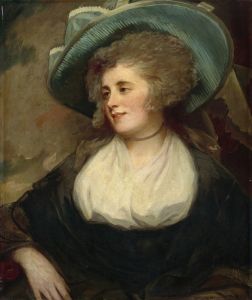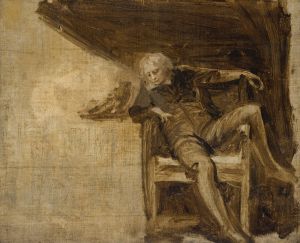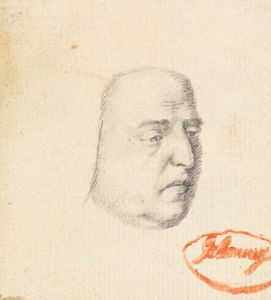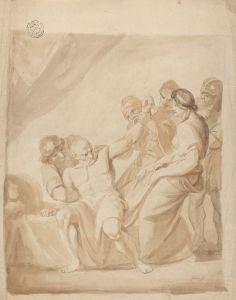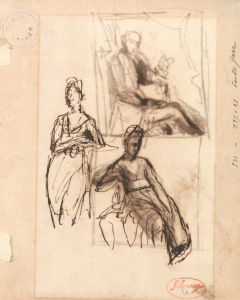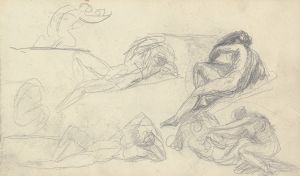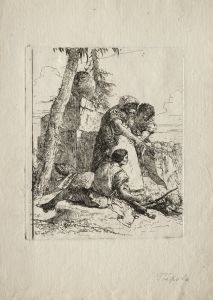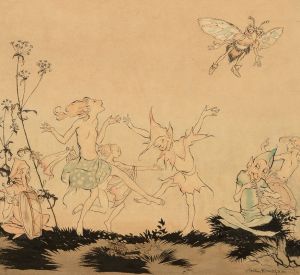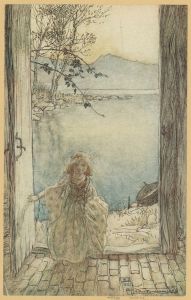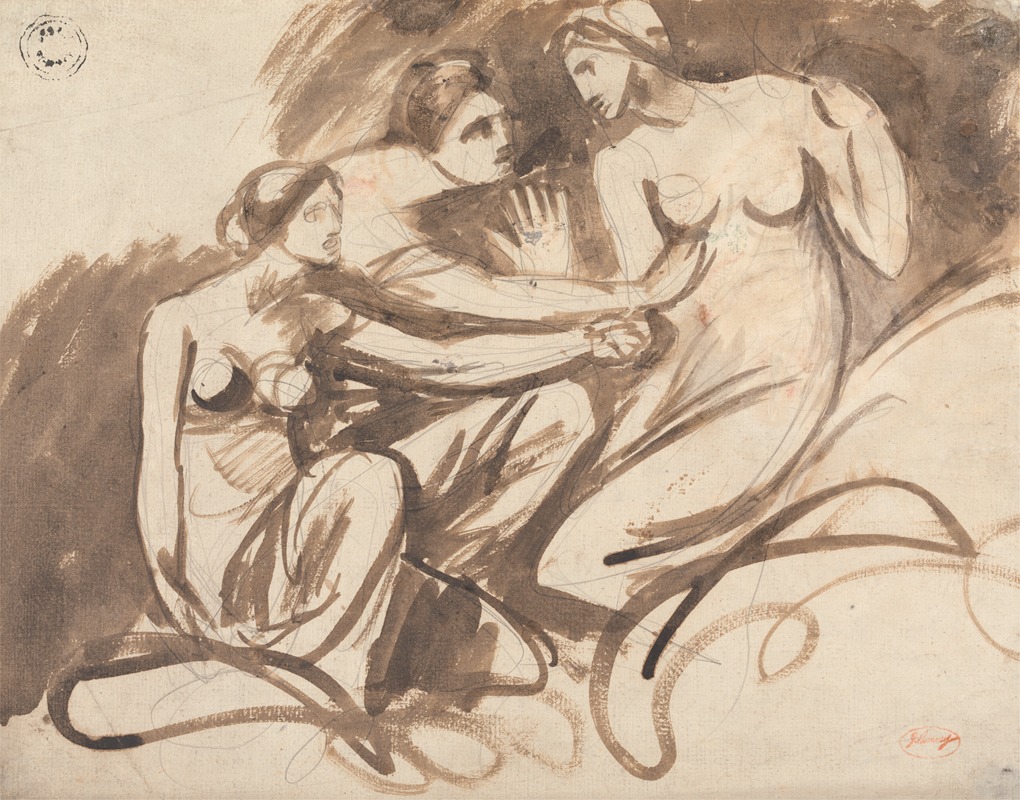
Three Young Witches
A hand-painted replica of George Romney’s masterpiece Three Young Witches, meticulously crafted by professional artists to capture the true essence of the original. Each piece is created with museum-quality canvas and rare mineral pigments, carefully painted by experienced artists with delicate brushstrokes and rich, layered colors to perfectly recreate the texture of the original artwork. Unlike machine-printed reproductions, this hand-painted version brings the painting to life, infused with the artist’s emotions and skill in every stroke. Whether for personal collection or home decoration, it instantly elevates the artistic atmosphere of any space.
George Romney was an English portrait painter, renowned for his works during the late 18th century. However, there is no widely recognized painting titled "Three Young Witches" attributed to George Romney. Romney is best known for his portraits of Emma Hamilton, the mistress of Lord Nelson, and other prominent figures of his time. His style is characterized by its elegance and the ability to capture the personality and status of his subjects.
Romney was born on December 26, 1734, in Dalton-in-Furness, Lancashire, England. He began his artistic career as an apprentice to a cabinet maker before studying under the portrait painter Christopher Steele. In 1762, Romney moved to London, where he quickly established himself as a leading portraitist. His work was highly sought after by the British elite, and he became one of the most successful artists of his era.
Throughout his career, Romney painted numerous portraits, but he also explored other themes, including historical and literary subjects. Despite his success, Romney never joined the Royal Academy of Arts, which was the leading art institution in Britain at the time. This decision set him apart from many of his contemporaries, such as Joshua Reynolds and Thomas Gainsborough, who were prominent members of the Academy.
Romney's portraits are noted for their refined style and the way he captured the grace and beauty of his sitters. He often used soft lighting and a delicate color palette to create a sense of intimacy and elegance. His ability to depict the subtleties of expression and character made his portraits particularly appealing to the upper classes.
One of Romney's most famous subjects was Emma Hamilton, who became his muse and the subject of many of his paintings. Romney was captivated by her beauty and charm, and he painted her in various guises, including as characters from mythology and literature. These portraits of Emma Hamilton are among his most celebrated works and demonstrate his skill in capturing both likeness and personality.
Despite his success, Romney's later years were marked by declining health and financial difficulties. He returned to his native Kendal in 1799, where he continued to paint until his death on November 15, 1802. Today, George Romney is remembered as one of the leading portrait painters of his time, and his works are held in major collections around the world, including the National Portrait Gallery in London and the Tate Gallery.
In summary, while George Romney was a prominent figure in the art world of 18th-century Britain, there is no documented painting titled "Three Young Witches" by him. His legacy remains in the many portraits he created, which continue to be admired for their elegance and insight into the personalities of his subjects.





